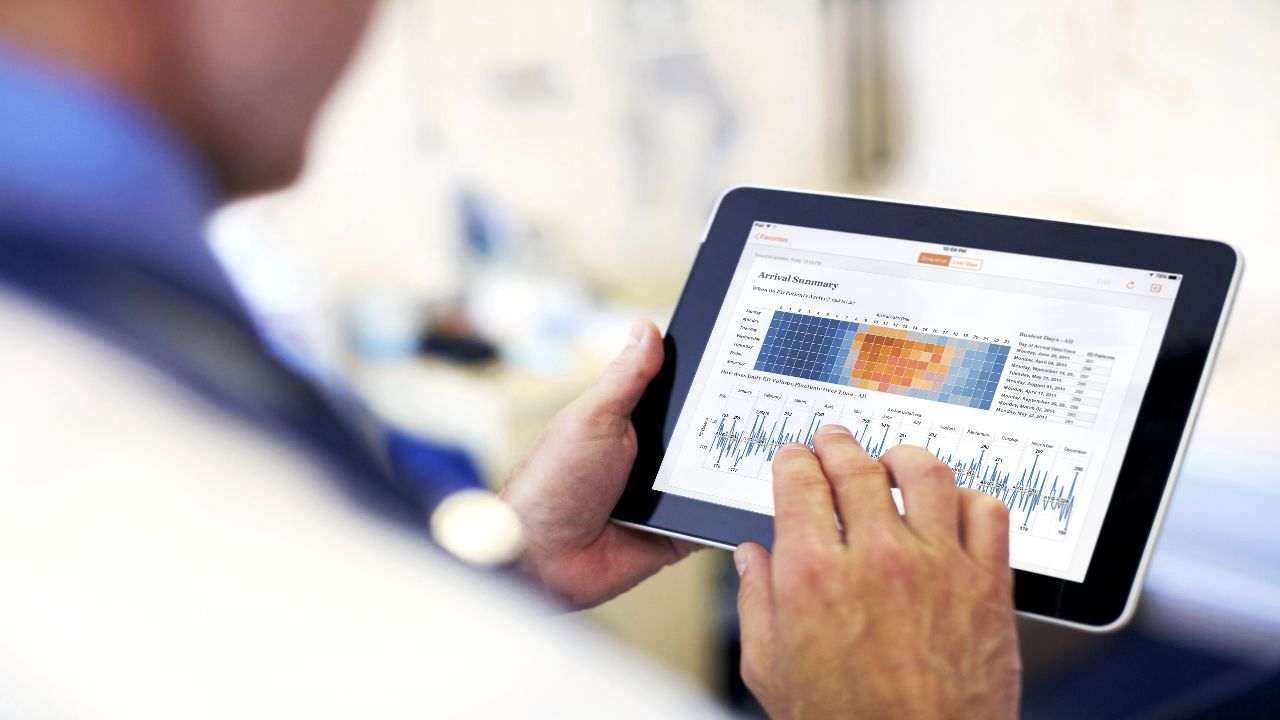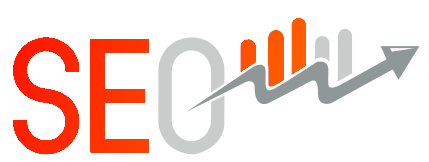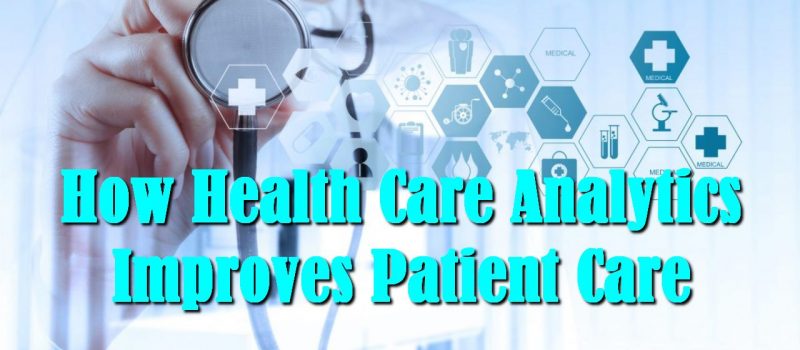Having an analytical mind means you are ready to understand what you are currently doing, what you have done, and what you will do in the future. This also means that you are willing to accept the mistakes and flaws within the practices and rules that have been formulated during or at the genesis of a health care organization. Every start is great. But will you be able to sustain whatever you are doing in the long run? Will you be able to play for a lifetime and still compete with other players?
Health care analytics can help you answer all these questions. In this article, our team has compiled and broken down the various ways by which health care analytics can improve health care.
Automation Reports

With the aid of health care data analysts and features like predictive analysis, patient health reports can be automated, the redundancy and difficulty of coming up with these findings, conclusions, recommendations, and prescriptions have been eliminated. From your medical website for doctors, one can mine data, have it evaluated, build predictive models and pair these strategies with health information technology and health information systems.
Once this process is automated, then important processes like medical research and access to historical data can be improved. This means more time can be focused on the patient. A customer experience boost is guaranteed.
Evaluation of Practitioner

If you are employed in the health industry, then health care analytics might be your enemy. As time flows, the practitioner’s effectiveness and efficiency will be put to the test. Patient wellness and health data are closely related to ongoing performance evaluations, to see what kind of practices and methods deliver the best results in the least amount of time.
These positive shifts allow medical doctors to move from a high-volume approach to a more consumer-based approach. The results are astounding because both hard skills and soft skills are part of the evaluation. Both skillsets are integrated and separated at the same time to give a more balanced and effective view of the adaptation of each employer. Employees can also use this tool for monitoring in real-time.
Predicting risk

Patient data can be used to project future risks and illnesses that may arrive on the way. Features like the predictive analysis models aid us to tackle and detect the problem early before it becomes a cause of death, paralysis, cancer, or any form of long-term effect in the future. Various factors are embedded into the process. They include demographic data, medical history, and status profiles in the general economy.
Patient data can be stored on the website for doctors and can also come in handy as they will include the level of physical activity per day, habits and behaviors, physical environment, and type of labor exposure. These yardsticks are used as points of reference for predicting chronic diseases.
The health care industry is able to allocate resources more efficiently and effectively, intervene high-risk diseases and reduce possibilities of long-term costs.

